Unreported Apartment Slip and Fall Incidents: Overlooking a Common Hazard
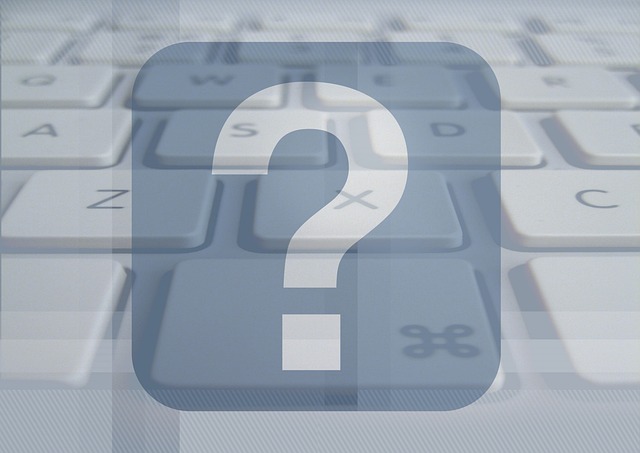
Apartment slip and fall incidents are underreported due to tenant fears, landlord awareness issues,…….
In the fast-paced urban world, apartment living has become a cornerstone of modern lifestyle, offering convenience, community, and accessibility. However, within this seemingly seamless experience, there exists a critical issue that often goes unnoticed—the prevalence and impact of slip and fall accidents in apartments. This comprehensive article aims to dissect the multifaceted phenomenon, providing valuable insights into its causes, consequences, global implications, and potential solutions. By exploring various facets, from economic considerations to technological innovations, we will shed light on strategies to enhance safety and mitigate risks within residential environments.
Definition:
Apartment slip and fall refers to incidents where individuals sustain injuries due to unintentional falls on apartment premises, including common areas, staircases, or personal living spaces. These accidents can range from minor scrapes and bruises to severe fractures and head traumas, with potential long-term effects.
Core Components:
Historical Context:
The issue of slip and fall accidents in apartments has been a concern for decades, yet its prominence has evolved with changing urban landscapes and demographic shifts. As cities grow, the demand for affordable housing drives up apartment occupancy rates, putting immense pressure on property managers and landlords to maintain safe living conditions. Historically, legal cases have played a pivotal role in shaping safety standards, with landmark lawsuits establishing liability for property owners.
Significance:
Apartment slip and fall incidents have significant societal, economic, and personal implications:
International Influence:
The issue of apartment slip and fall is a global concern, with varying degrees of impact across different countries:
Key Trends Shaping the Trajectory:
Market Dynamics:
The apartment market is a complex ecosystem influenced by economic factors:
Economic Impact:
Role in Economic Systems:
Apartment slip and fall incidents influence economic systems through:
Significance in Apartment Safety:
Technology plays a pivotal role in enhancing apartment slip and fall prevention:
Impact and Future Potential:
Emerging Technologies:
Governing Bodies and Frameworks:
Key policies and regulations shape the apartment slip and fall landscape:
Influence on Development and Safety:
Main Hurdles:
Criticisms and Solutions:
Proposed Strategies:
Successful Implementations:
The Green Apartment Complex (North America): This complex adopted a holistic approach, integrating smart sensors, digital lighting, and comprehensive tenant education programs. They reported a 40% reduction in slip and fall incidents within the first year, significantly lowering insurance claims and enhancing tenant satisfaction.
Safe Haven Residences (Europe): A non-profit organization in a major European city developed an AI-driven fall prevention system for seniors. The system combines wearable sensors with automated alerts to emergency services, resulting in faster response times and improved survival rates among at-risk tenants.
Hustle-Free Living (Asia Pacific): In a bustling metropolis, this apartment chain implemented regular, digital-aided inspections and a robust maintenance tracking system. Their proactive approach reduced reported incidents by 25% and significantly lowered legal costs associated with slip and fall lawsuits.
Potential Growth Areas:
Emerging Trends:
Strategic Considerations:
Apartment slip and fall incidents are a complex and pervasive challenge in urban living, with far-reaching implications for health, economics, and community well-being. This article has explored various facets of this issue, from historical context to technological advancements, policy frameworks, and successful case studies. By understanding the core components, global trends, and economic considerations, property owners, managers, and policymakers can collaborate to enhance safety standards and mitigate risks.
The future of apartment slip and fall prevention looks promising, with technology playing a pivotal role in creating safer living environments. As we navigate an increasingly urbanized world, adopting innovative solutions, fostering community engagement, and embracing digital transformation will be key to ensuring that apartments remain not just places to live but safe havens for all residents.
Q: How often do slip and fall incidents occur in apartments?
A: Precisely determining the frequency is challenging due to varying reporting practices, but studies suggest that these incidents are prevalent, with millions occurring globally each year.
Q: Who is most at risk for apartment slip and falls?
A: The elderly, individuals with mobility issues or visual impairments, and tenants who live alone or have limited access to assistance are at higher risk.
Q: Can technology really prevent all slip and fall accidents?
A: While technology offers significant advancements in detection, response, and prevention, it cannot eliminate all risks. However, it can greatly reduce the likelihood and impact of such incidents.
Q: What is the role of local governments in apartment slip and fall safety?
A: Local governments play a crucial role through building codes, health and safety regulations, liability laws, and by providing resources for tenant education and community initiatives.
Q: How can I make my apartment safer from slip and falls?
A: Implement non-slip floor treatments, ensure good lighting, keep common areas clean and free of obstacles, use handrails on staircases, and consider smart home technology for added safety.

Apartment slip and fall incidents are underreported due to tenant fears, landlord awareness issues,…….
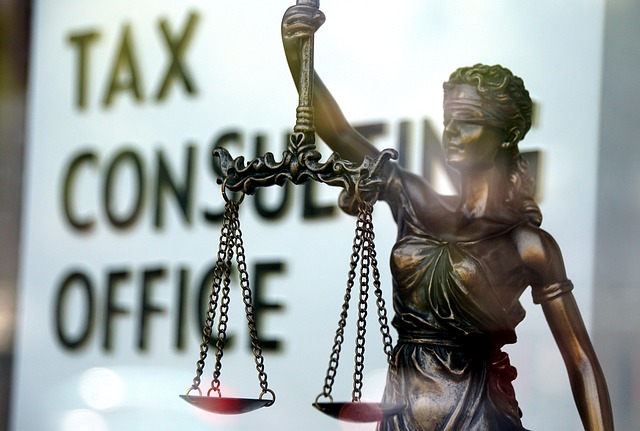
An apartment slip and fall can cause severe injuries and financial strain, highlighting the importan…….
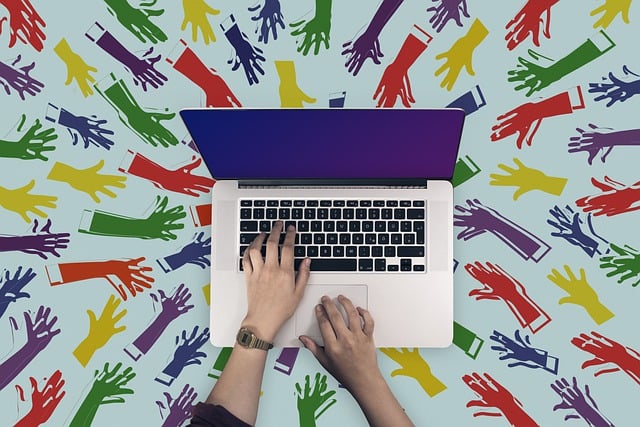
After a slip and fall accident in an apartment, victims should immediately report it, document detai…….
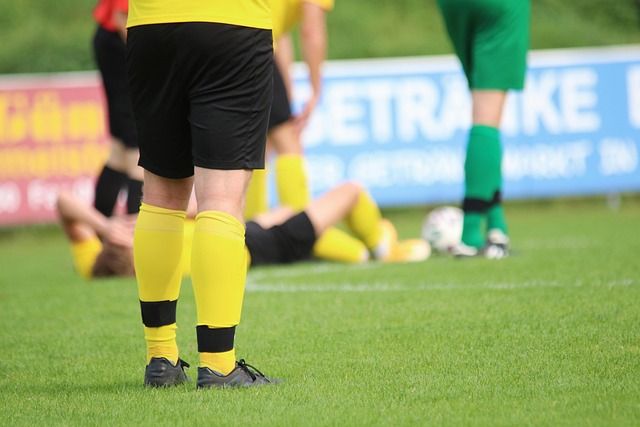
After a slip and fall in your apartment, prioritize safety and document the incident thoroughly (pho…….
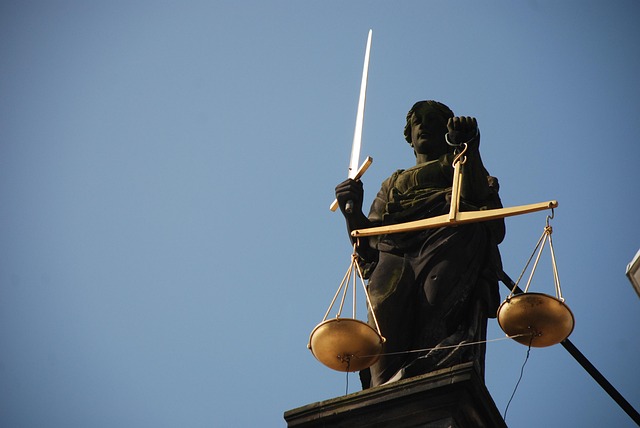
Apartment slip and falls are common, causing injuries with potentially severe consequences for vulne…….
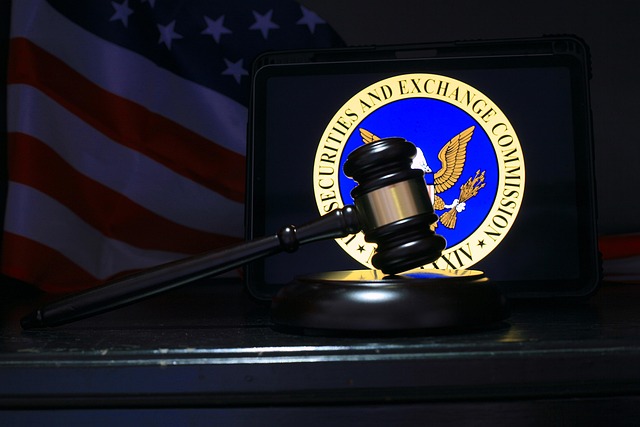
After an apartment slip and fall, understanding your legal rights is vital. Landlords have a duty to…….

Victims of apartment slip and fall incidents must understand liability and their rights under premis…….

Apartment slip and fall incidents are common, causing severe injuries that require medical attention…….
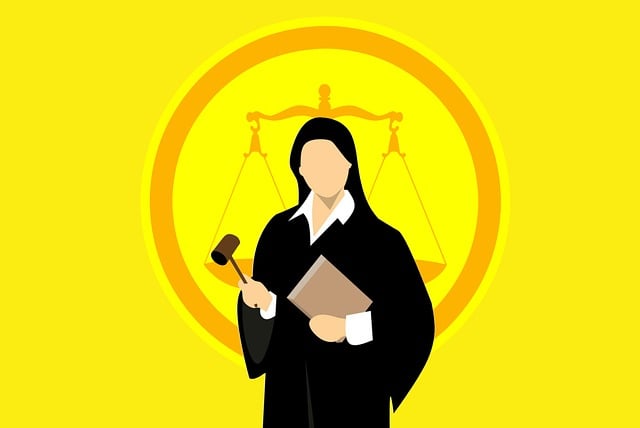
Apartment slip and fall accidents can lead to severe injuries and financial strain, emphasizing the…….

Apartment slip and fall accidents due to snow, ice, and poor maintenance are common winter issues, l…….